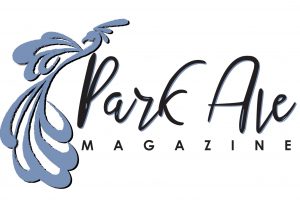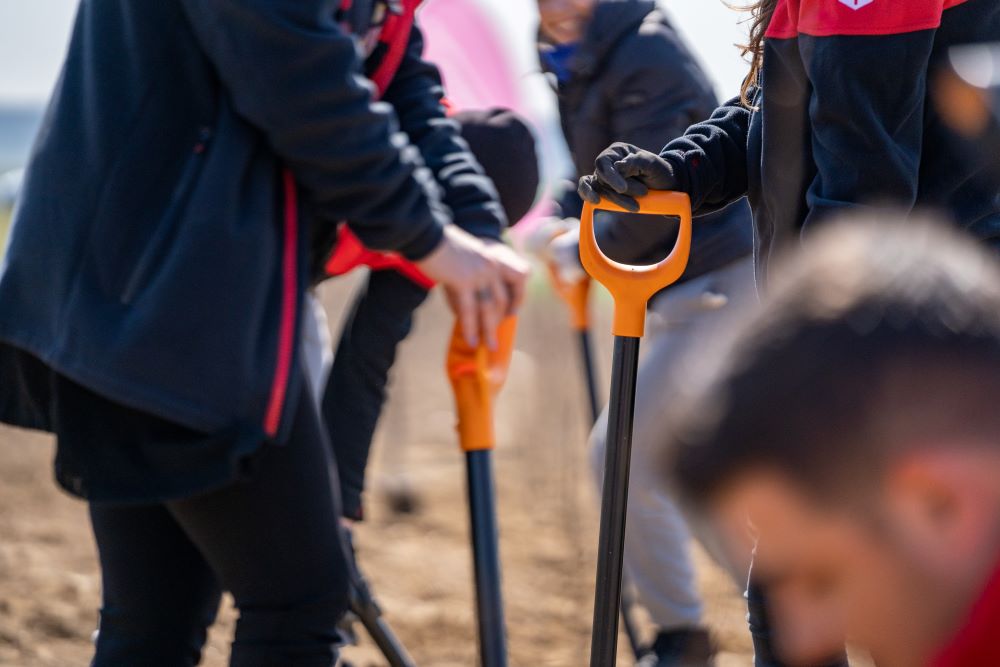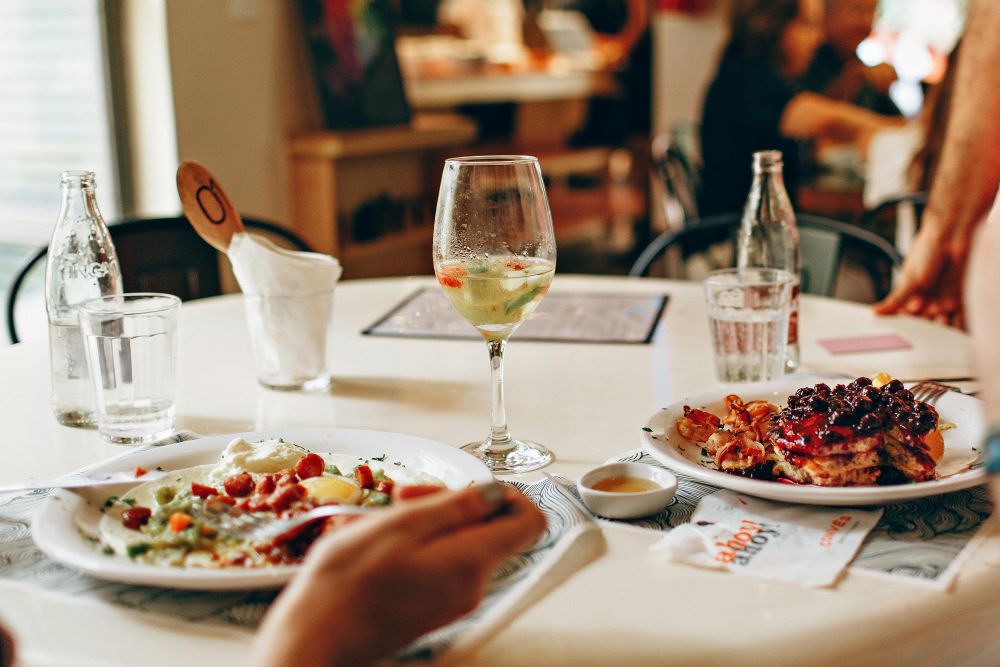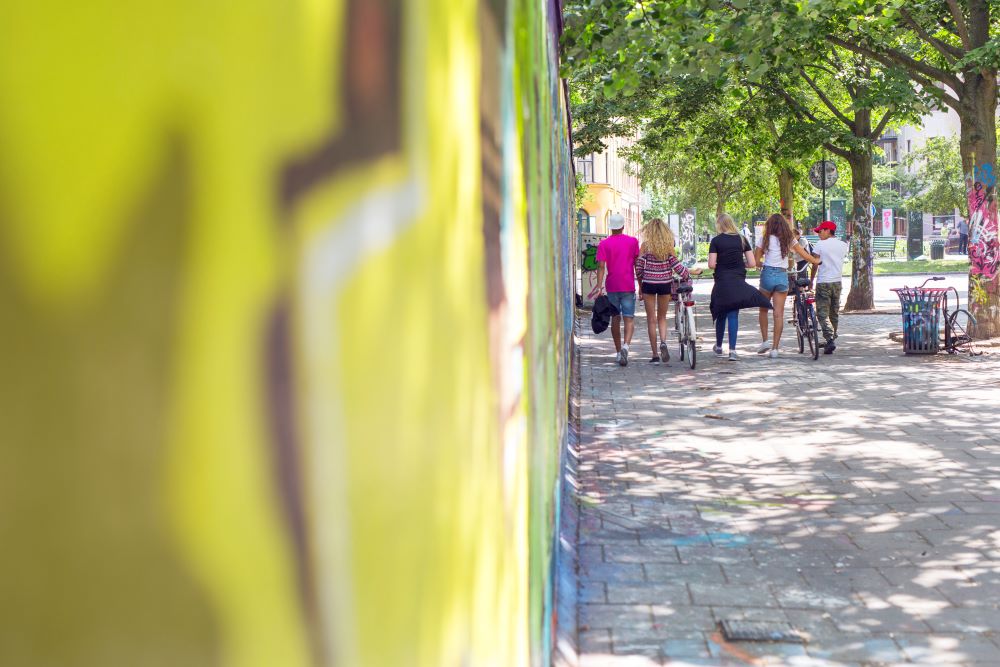Morse Museum Celebrates Independence Day with Free Admission on July 4
In a tradition dating from 1995, The Charles Hosmer Morse Museum of American Art will offer free admission to its galleries on Thursday, July 4, from 9:30 a.m. to 4 p.m. in conjunction with the City of Winter Park’s Fourth of July Celebration in Central Park.
The Morse started its annual Independence Day Celebration when the Museum opened on Park Avenue and the city established its July Fourth Celebration in Central Park. Today, hundreds of Central Florida residents enjoy the rich collection of American art at the Morse as part of their holiday.

During the celebration, special objects from the Morse are on view, including a 1798 cream jug by American silversmith and patriot Paul Revere (1735–1818) and a baseball signed by Babe Ruth (1895–1948), Ty Cobb (1886–1961), and Lou Gehrig (1903–41), legends of America’s pastime.
Summer Hours at The Morse Museum
Summer hours are 9:30 a.m. to 4 p.m. Tuesday through Saturday and 1 p.m. to 4 p.m. Sunday. Regular admission is $6 for adults, $5 for seniors, and $1 for students. Children younger than 12 receive free admission and are always welcome with their parents or guardians. For more information, visit the Museum’s website, morsemuseum.org.
About The Morse Museum
The Morse Museum houses the world’s most comprehensive collection of works by Louis Comfort Tiffany (1848–1933), including the artist and designer’s jewelry, pottery, paintings, art glass, leaded-glass lamps and windows; his chapel interior from the 1893 World’s Columbian Exposition in Chicago; and art and architectural objects from his Long Island country estate, Laurelton Hall. The Museum’s holdings also include American art pottery, late 19th- and early 20th-century American paintings, graphics, and decorative art.




